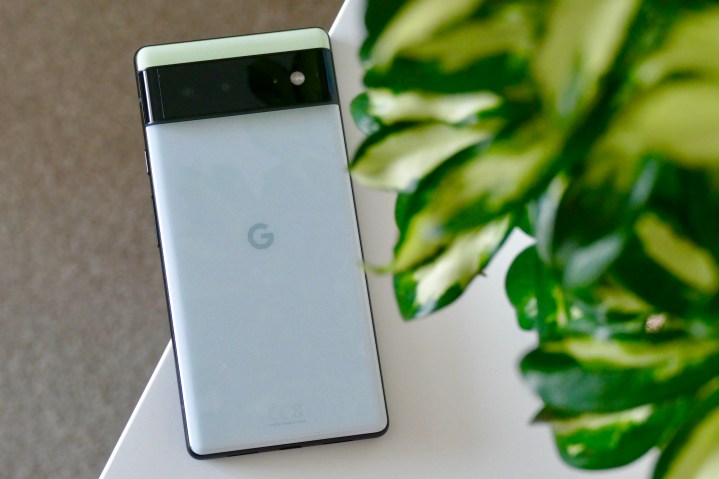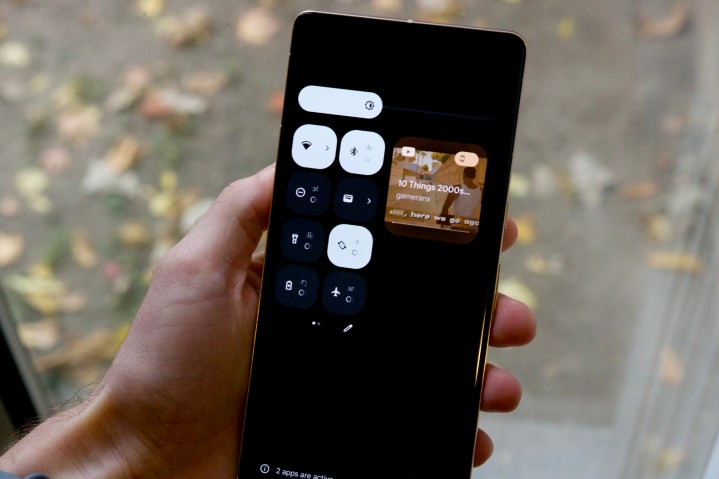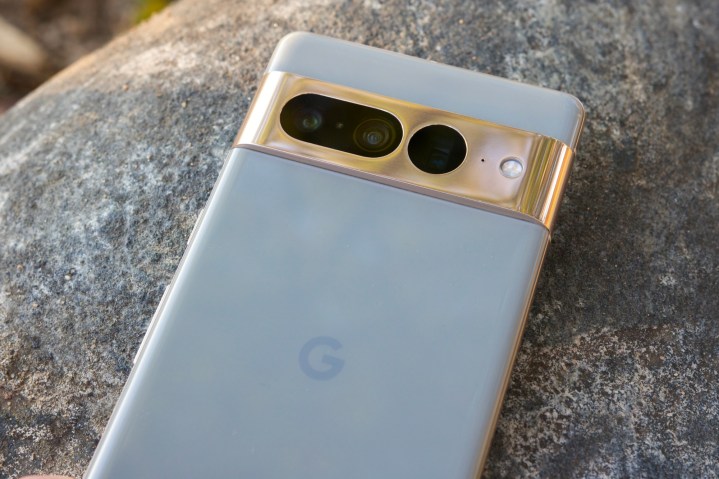Google’s Pixel 7 and Pixel 7 Pro smartphones have landed. The big announcement came and went, the phones are available online and in stores for purchase, and full reviews are now live all over the internet — including ours.
If you’ve read our Pixel 7 review or Pixel 7 Pro review, you’ll notice that Digital Trends’ Senior Writer Andy Boxall and myself were both fairly critical of the phones. There are things the
Google had its work cut out for it

Last year’s Pixel 6 lineup was a massive shift forward for the Pixel series. Google used the Pixel 6 and Pixel 6 Pro to usher in a brand new design language, its first in-house Tensor chipset, new camera sensors, and its Android 12 software with its fresh Material You design. And a lot of it worked incredibly well. We said the Pixel 6 Pro was “the dawn of a fantastic new era for Google phones” in our review last year, which featured ample praise for its outstanding camera performance and robust photo-editing features.
But perfect phones the Pixel 6/6 Pro were not. In the weeks and months following their release, it didn’t take long for people to notice that such big year-over-year upgrades also brought unwanted consequences.
What sort of consequences? Where to begin?
Numerous Pixel 6 owners reported that the adaptive brightness of their screen would randomly increase/decrease dramatically for seemingly no reason. Others had an issue where music and other playing media would pause on its own. There were also rampant complaints about
And those were just the software bugs. The Pixel 6 series was also lambasted for having poor cellular connectivity, a sluggish fingerprint sensor, and lackluster battery life. Things got so bad that prolific names in the tech review space, like MKBHD, made dedicated videos calling out these problems.
It ended up being a rough situation, but at the very least, it gave Google very clear problems to address as it worked on the
The Pixel 7 is a phone with unresolved problems

At least, that’s what should have happened. To Google’s credit, the
My time with the

It seems like my
Just like last year, it isn’t as easy as saying the
This isn’t anything new for Google

If these inconsistencies with the
The Pixel 2 XL had a notoriously poor display that was infamous for quick burn-in and bland colors. The Pixel 3 lineup was plagued by bad
Ultimately, I’m left scratching my head and wondering how this keeps happening. Pixels are often great smartphones — excellent, even. But when Google has a well-documented history of continuing problems with its smartphone family, and is still ironing out kinks in its seventh generation with the

Google isn’t a small company. It has a market cap over $1.3 trillion with no shortage of time, talent, and money to create the best smartphones it can. But despite all of that, Pixels often end up feeling like products from a scrappy startup. One year it’s a bad display panel, another it’s inconsistent
Making phones is hard, I get that. But for a company of Google’s size and stature, it’s extremely frustrating that recommending a
Editors' Recommendations
- Google Pixel 9: news, rumored price, release date, and more
- Did you buy a Google Pixel 8a? These are the first 9 things you need to do
- I have the Google Pixel 8a. Here are 6 things you need to know
- The Google Pixel 8a’s 6 biggest upgrades over the Pixel 7a
- Motorola just launched a new Android phone to take on the Google Pixel 8a


